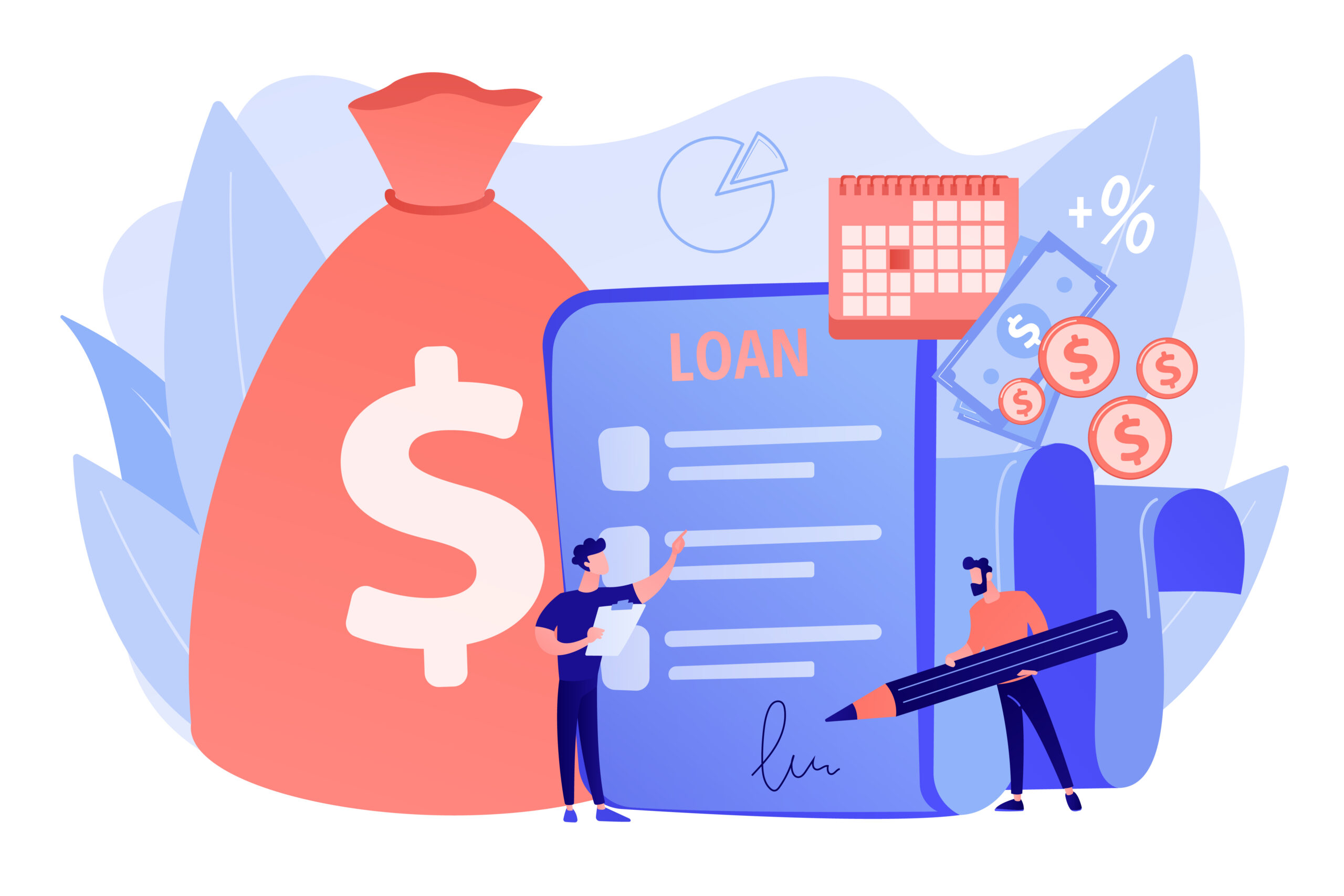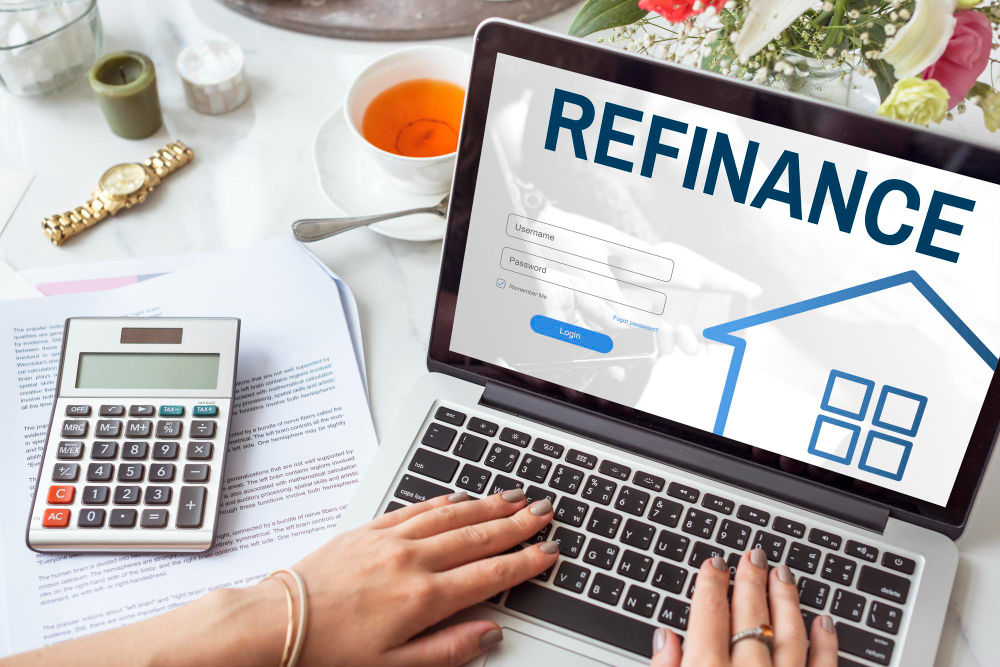Refinansiering Av Lån in Norway
Refinancing involves altering the terms of an existing debt to reduce its interest rates, adjust payment schedules, or combine credit facilities into one loan facility.
Refinancing can help reduce credit card costs, loan installments, and interest rates, but keep an eye out for any extra lender fees that might eat away at your savings potential.
Refinansiering Av Lån in Norway

Interest rates
Refinancing loans in Norway offer reduced interest rates than your current loan and extended repayment periods, making it easier to repay debt and gain control of finances. Before selecting a lender, however, be sure to compare rates first and identify any fees or charges associated with the loan; using a calculator can help determine the total cost of refinancing.
Refinancing can be an ideal solution for those facing high-interest rates and rising monthly costs. By consolidating credit card debt or consumer loans, you can reduce interest rates and monthly installments. You can visit https://besterefinansiering.no to learn more. This option can be especially beneficial if you are paying off multiple loans or credit cards on an ongoing basis—the process is quick, free, and straightforward.
Refinancing offers several advantages, including reduced monthly installments and expenses, an increased credit score, easier loan approvals in the future, and co-borrower debt refinancing, which may lead to better interest rates. Having additional security will provide extra peace of mind during repayment.
Refinancing can help Norwegians pay off unsecured debts or combine multiple existing ones into one with one monthly payment. You may even refinance your home loan if it covers less than 85% of its value. Refinancing also gives access to better terms and conditions from banks and can even be used to buy a car or make renovations easier. However, for optimal results, it’s wiser to seek advice from an advisor first before refinancing any debts.
Collateral
Collateralized loans are a type of borrowing in which borrowers pledge an item of value as collateral to lower risk for lenders and increase repayment rates.
Typical forms of collateralized loans include houses, cars, and other personal properties, which may consist of jewelry. You can visit this site to learn more about appraising jewelry. Should any default occur, the lender can seize and sell off this collateral as a way to cover debt payments. Collateralized loans tend to carry lower interest rates than their unsecured counterparts.
Before signing for a collateralized personal loan, you must understand its terms and conditions thoroughly. Lenders typically want to know your credit score, may require a down payment on your new loan, and verify the value of any collateral that could secure it. These loans may help pay off existing debt or reduce monthly installments and expenses by taking out one.
Refinancing involves consolidating all your costly consumer loans and credit card debt into one loan with lower interest rates to save money and regain control of your finances. If you own a home mortgage, this method can also be used to consolidate all your loans into a single loan with more advantageous terms.
Collateralized personal loans are secured loans secured against an asset such as a car, savings account, or investments. They’re generally only offered to borrowers with poor credit, as the bank can use your assets as security for repayment and provide lower interest rates than unsecured loans.
Prequalification
Prequalifying for refinancing loans can help ensure you receive the best loan terms while speeding up the application process later on. However, it’s essential to recognize the distinction between prequalification and preapproval, as they affect your credit differently and can cause irreparable harm to your score if applied too often during a rate shopping window.
Prequalifying for a mortgage loan is an effective way to determine how much you can afford to borrow. A lender will ask questions about your income, debt, and credit history to create a comprehensive profile of your financial status and assess whether you meet their creditworthiness criteria before giving an estimate of how much they could lend you.
To qualify for a mortgage loan, you’ll need a valid Social Security number and proof of income. Lenders will also need your address and employment details to quickly provide quotes. The preapproval process should only take minutes and is free of charge.
Refinancing a car loan is similar to refinancing a mortgage; to secure the best rates, you need an understanding of both your creditworthiness and score in order to compare offers from different lenders and choose one with low rates and short repayment terms. To secure the best deal possible on refinancing, always look for low-interest rates with short payment terms – this way, your decision won’t depend solely on finding someone willing to refinance!
Auto refinancing allows lenders to utilize your current car loan information in order to calculate eligibility and possibly provide a lower interest rate on your new one.
To see if you qualify for refinancing, fill out an online form on a bank’s website. Most require personal, vehicle, and mortgage details that will allow the website to generate a list of banks with competitive rates for you. Results are usually available within minutes, with either yes or no results available so that you can decide whether or not to pursue this process further.
Application
When applying for refinancing loans, you must provide the lender with all of the documents and information needed for qualification. The lender may also charge an application fee to cover the cost of processing your loan request and checking your credit report. After providing all necessary documentation, expect to undergo an extensive underwriting process before receiving approval.
Once approved for a personal loan, you have a range of options when selecting your amount and repayment term that are tailored to your unique needs. Refinancing can provide benefits like lower interest rates and extended repayment terms, which make repaying debt simpler; however, as refinancing can be time-consuming and complex, it is advisable to consult a financial advisor before beginning this process.
Refinancing loans isn’t only done to take advantage of lower interest rates; there are other compelling reasons people refinance. Consolidation can reduce expenses while making their financial situation easier to manage. Another motivation might be switching their debt type, such as from an adjustable rate to a fixed-rate mortgage loan.
Refinancing debt is not only an efficient way to save money but can also help you gain control of your finances and realize your financial goals. Successful loan refinancing requires creating an organized plan and understanding the risks involved. Furthermore, it is wise to factor in future costs when considering whether you can afford another monthly loan payment.
Refinancing your mortgage can be a great way to increase the value of your home or reduce monthly payments, whether by increasing the loan amount or lengthening repayment periods. It can also benefit you if your credit profile has improved or if your long-term financial plans change significantly. Refinancing is also useful if you own equity in your home that can be used towards major expenses or renovations.
Alternatives to Refinancing

Many people turn to refinancing to pay for home improvements, consolidate debt, or take advantage of lower interest rates. However, refinancing isn’t the only way to borrow money; other borrowing methods might offer advantages over refinancing, such as not placing your home at risk of foreclosure and being easier to qualify for. They could even have lower rates than credit cards or personal loans!
If you recently relocated, recasting could be an attractive alternative to refinancing. Recasting allows you to transfer the balance from your old home loan into the new loan without going through an expensive closing procedure. This may come in handy if you moved into your new house before selling the old one or if interest rates have dropped substantially since your original purchase.
Cash-out refinancing works similarly to home equity loans; the lender takes over your first mortgage instead. This financing type often offers a lower interest rate than HELOCs or home equity loans, but be mindful that your needs could change over time.
Reverse mortgage: This innovative financial product allows homeowners over the age of 62 to tap the equity in their home to receive an annuity—typically tax-free and without monthly payments—from it. Consult an independent advisor before considering this type of finance, as it should only be pursued under proper advice and consultation.
If your current mortgage has an extended repayment term and a high-interest rate, repayment plans could help you lower monthly payments by working with your lender to reduce the principal balance. Repayment plans tend to involve shorter terms with lower rates but may end up costing more over time as you must repay more of the initial loan balance over a shorter time frame.
If you are having difficulty making your mortgage payments, loan modification could be an affordable and beneficial solution. Working with your lender involves making changes to the terms of your loan, such as lowering the interest rate or lengthening the repayment period – often at much less expense than refinancing and more likely to protect against possible home loss.
The best alternative to refinancing depends on your unique financial situation and goals, so consult a financial professional when exploring alternatives to refinancing. By consulting them and discussing all available options with them, they can assess your circumstances to help guide decisions that align with them and achieve financial wellness.
Whether refinancing, recasting, modifying, seeking guidance from an adviser, refinancing debt consolidation, or HELOC is suitable, you and your family can determine their best option together.

















